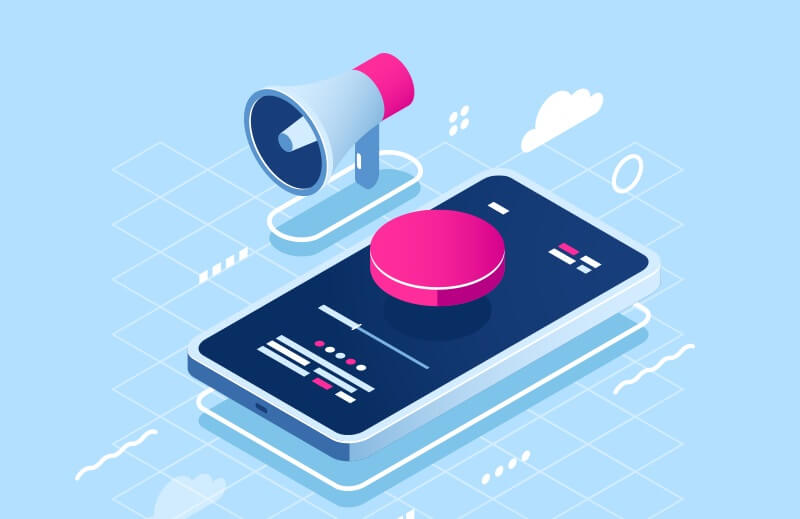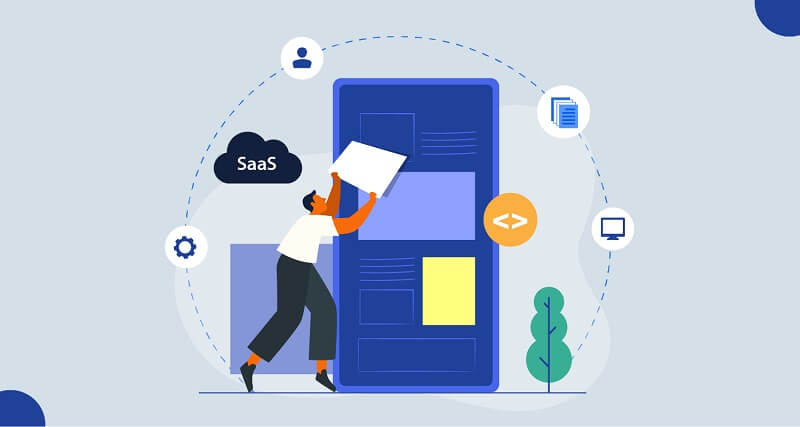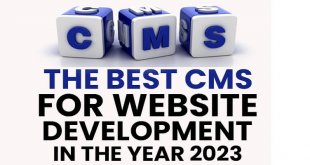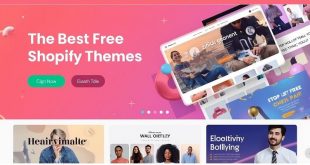A well-designed interface can help customers navigate your software easily, access information quickly and use features effectively. Therefore, it is important for SAAS businesses to invest in UI/UX design to ensure the success of their product. This article will discuss the secret of the role oF UI/UX design in the success of the SAAS business. So keep reading.
SaaS is a software delivery model that allows users to access and use applications via the internet, without the need for installation or maintenance. With SaaS, users can access software from any device with an internet connection, making it easy and convenient. For example, Gmail is a SaaS application that allows users to access their email through a web browser, eliminating the need to install an email client like Outlook on their computer. SaaS is becoming increasingly popular due to its flexibility, cost-effectiveness, and ease of use.
This article will delve into SaaS UI/UX design and development, covering topics such as how to create a top-notch design, what the development process entails, and the associated costs.

SaaS Development Lifecycle: A Comprehensive Guide
The development process of SaaS can vary depending on the specific needs of the product and its users but typically includes several common steps. Here is an overview of the SaaS development process and also we will discuss the role of UI/UX design:
Planning
The first step is to define the goals and scope of the SaaS application. This includes understanding the target audience, identifying the key features and functionalities, and creating a roadmap for the project. For instance, if you are developing a project management tool, you would need to determine the required features such as task lists, project timelines, and team collaboration tools.
Design
Once planning is complete, the next step is the design of the application. It includes the user interface (UI) and user experience (UX). The design should be based on user research and testing to create an intuitive and user-friendly interface. For example, if you are developing a social media management tool, you would need to design an interface that allows users to easily manage multiple social media accounts from a single dashboard.
Development
With the design in place, the development phase begins, involving building the software, integrating APIs, and creating the necessary infrastructure to support the application. For example, if you are developing an e-commerce platform, you would need to create a system for processing payments, integrating with shipping providers, and managing customer orders.
Testing
The software is tested to ensure that it is functional and bug-free, with the goal of identifying and fixing any issues before the product is released to users. For instance, if you are developing a video conferencing website, you would need to test the software on various devices and in different network conditions to ensure its reliability.
Deployment
After testing is complete, the SaaS application is deployed to a production environment where it is made available to users. This involves setting up servers, databases, and other infrastructure to support the application. For instance, if you are developing a project management tool, you would need to deploy the application to a cloud-based platform like AWS or Azure.
Maintenance
Once the SaaS application is live, it requires ongoing maintenance and updates to ensure that it remains functional and secure. This involves monitoring for issues, fixing bugs, and releasing new features and updates. For example, if you are developing a customer relationship management (CRM) tool, you would need to regularly update the software to support new integrations and features.

The Importance of UI/UX Design in SaaS Product Development
The success of SaaS products greatly depends on the role of UI/UX design. UI is the visual representation of the application, while UX encompasses the entire user journey, including the UI. UI/UX design impacts SaaS products in the following ways:
User Engagement: Role of UI/UX Design
An intuitive and easy-to-use interface created by UI/UX design can increase user engagement. A cluttered and difficult-to-navigate UI can discourage user engagement.
Customer Satisfaction
UI/UX design can also impact customer satisfaction. A well-designed product that is easy to use and navigate can lead to happier customers and more positive reviews.
Retention and Loyalty
A good UI/UX design can also help to retain users and build loyalty. Users are more likely to continue using a product and recommend it to others if they enjoy using it and find it easy to navigate.
Branding and Differentiation
UI/UX design can differentiate a SaaS product from its competitors and reinforce the brand. A unique and visually appealing design can make a product stand out and create a memorable brand experience.
Four Key Elements of an Outstanding SaaS Design
To create a high-quality SaaS design, it’s important to consider the following four principles. We highly recommend utilizing all of them during your product development, or at the very least, combining several of them:
No. 1. Simplicity
Users crave a clear interface, especially when dealing with vast amounts of info, directories, and materials. Your customers will greatly appreciate clutter-free and coherent architecture. The principle of “less is more” is particularly valuable here, as it stresses simplicity and suggests that fewer features can help users accomplish more in less time. To achieve the desired outcome, prioritize your SaaS product’s audience and focus on essential elements.
No. 2. Customer Behavior Research
To create exceptional SaaS design, it is crucial to have a deep understanding of your target audience and their expectations from the platform. Remember that you are not the end-user and may have different preferences, needs, and reactions. Thus, conducting comprehensive research and analyzing users’ behavior beforehand is of utmost importance. For instance, you can conduct surveys and focus groups to obtain valuable insights that will aid in launching a seamless SaaS product.
No. 3. Adapting to User Context
Ultimately, the key goal of UI/UX design is to streamline navigation and enhance the user’s ability to leverage the platform to the fullest. Intuitive and personalized experiences are closely linked to context-sensitive platforms that adjust their behavior based on the user’s current situation, whether it be their location, the time of day, or the task they are performing.
No. 4. Consistency
Use consistent design elements, such as typography, color palettes, and icons, across the product. This establishes a sense of familiarity and helps users understand how to use the product. For example, Apple’s product suites, such as the iPhone, iPad, and MacBook, all share a consistent design language that makes it effortless for users to switch between devices.
No. 5. Gather the Feedback
One of the most effective ways to gauge the quality of your SaaS design is by soliciting feedback from your users. They may be able to identify subtle issues that you may have missed. Thus, it is crucial to heed your customers’ suggestions and recommendations, as they are well-equipped to guide you in improving your product.
By following these principles and integrating user feedback, you can create a top-quality SaaS design that caters to your user’s requirements and expectations.

How Much Does the Saas Design Cost
When creating a SaaS design, key factors determine the overall cost. Planning takes about a week and requires no monetary investment, but UI/UX design and front-end and back-end development are the most significant expenses.
UI/UX design takes around 53 hours, costing an average of $3250. This includes creating wireframes, mockups, and prototypes.
Front-end development takes about 174 hours of work, with an average cost of $9900; while back-end development takes approximately 144 hours and costs $8300.
Additionally, project management costs around $2550. To create an MVP for your SaaS product, including UI design and UX services; you should budget between $20,000 to $30,000, and the project typically takes 2-4 months to complete. Keep in mind that these costs can vary widely depending on the specifics of your project and the level of customization.
 free html design Free html design templates
free html design Free html design templates






